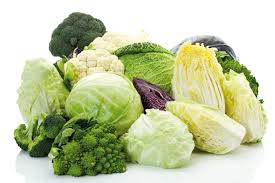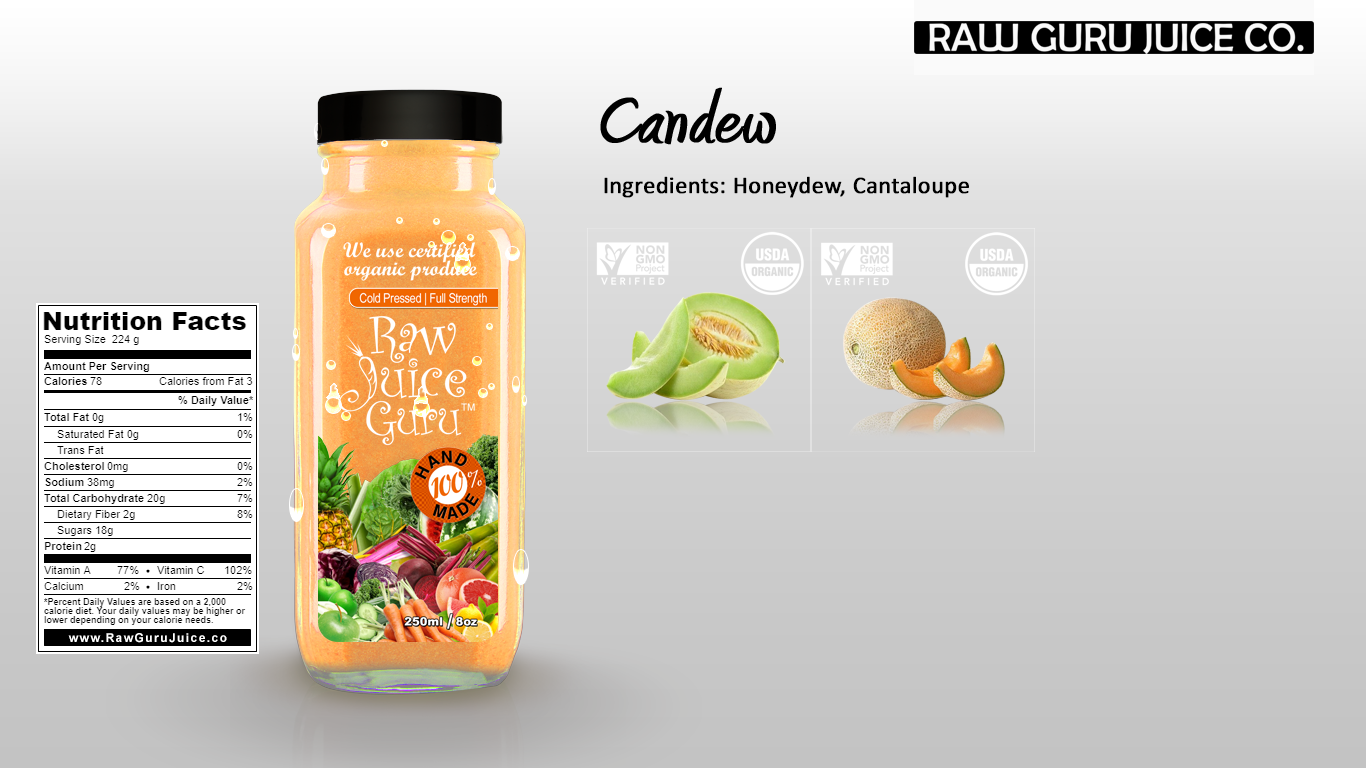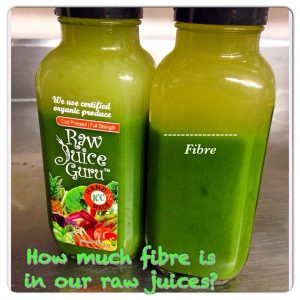 Let’s talk cruciferous vegetables and why we love them and use them daily here at Raw Juice Guru, these are some of the cruciferous vegetables:
Let’s talk cruciferous vegetables and why we love them and use them daily here at Raw Juice Guru, these are some of the cruciferous vegetables:
ARUGULA
-Cancer-fighting properties from phytochemicals
-Vitamins A, B-6, C, K, thiamin, riboflavin and niacin, which help with everything from bone formation, neurological health + detoxification
-Metabolism-controlling minerals such as copper and iron
BOK CHOY
-Omega-3s for brain function and anti-inflammatory properties
-High levels of vitamin K, a fat-soluble vitamin known for bone health and lowering inflammation
-Zinc, which helps to regulate hormones
Antioxidant support from vitamins A and C and flavonoids
BROCCOLI
-fiber content for digestive support + cholesterol-lowering benefits
-Anti-inflammatory, pro-detox + antioxidant benefits for cancer-fighting
-B complex vitamins linked to cardiovascular health
BRUSSELS SPROUTS
-Fiber content contributes to digestive support + cholesterol-lowering benefits
-High in detoxifying + cancer-fighting glucosinolates phytonutrients
-Elements in sprouts linked to improved DNA stability
CAULIFLOWER
-Detoxifying phytonutrients + antioxidant benefits from vitamin C + manganese, lower chronic stress + risk of cancer
-Excellent source of anti-inflammatory vitamin K
-High fiber content for digestive support
COLLARD GREENS
-Best of the cruciferous for cholesterol-lowering benefits by binding bile in digestive track, making it easier to exit the body
-Cancer-fighting glucosinolates support detox + anti-inflammatory systems
KALE
– b vitamin folate is key for brain development
-fiber + protein content manage hunger + satiate
-Lutein + zeaxanthin, nutrients protect against macular degeneration
MUSTARD GREENS
-High-fiber for gut health
-Vitamin K for bone development + limiting neuronal brain damage
-Indoles inhibit cancer-cell growth
RADISHES
-This detoxifying diuretic increases urine production
-High levels of vitamin C and anthocyanins may inhibit cancer-cell growth
– B + C vitamins, zinc, phosphorus + high water content benefit the skin health + appearance
TURNIPS
– B vitamins help promote healthy liver, skin, eyes + hair
-Calcium for bone, muscle + nervous system health
-Indoles inhibit cancer-cell growth



 33 percent of us meet the recommendation for fruit consumption, and fewer than 30 percent of adults eat the recommended servings of vegetables.
33 percent of us meet the recommendation for fruit consumption, and fewer than 30 percent of adults eat the recommended servings of vegetables. You have all asked is there fibre in our raw juice? Yes. The separation you see in picture that 80 percent is the fiber. And this juice is apple, cucumber, parsley, cilantro, kale, lemon.
You have all asked is there fibre in our raw juice? Yes. The separation you see in picture that 80 percent is the fiber. And this juice is apple, cucumber, parsley, cilantro, kale, lemon.